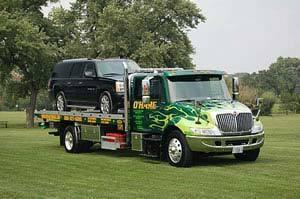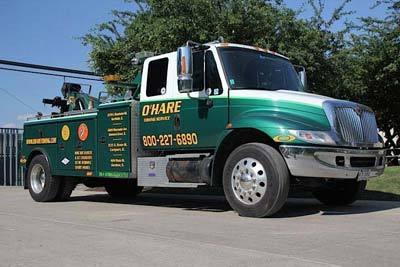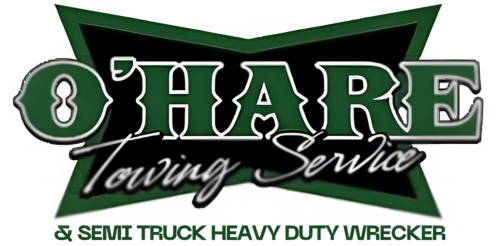Is It Safe To Tow An All-Wheel-Drive?

Different weather conditions and terrains have made all-wheel drive cars popular among car buyers. For example, in wet and snowy weather, they have an extra traction compared to other cars. However, towing such vehicles that are highly equipped is a bit of a challenge.
Hence, when towing such vehicles, there are safety precautions that should be taken to avoid damages. You have probably seen different methods of towing on roads or on streets. There are trailers designed to lift four-wheel cars off the ground, tow bars to lift all four wheels off the ground, and tow dollies meant to lift just two wheels off the ground. That’s part of the reason why we have a varied fleet of trucks for towing.
All these methods make a difference. With all-wheel drive cars such as four-wheel vehicles, it is difficult to tow because all the wheels are drive wheels. It is important to understand that all wheel drives are designed for on-road use and thus make use of front and rear differentials.
They are electronically coupled to split power between each axle. Furthermore, all-wheel-drive systems are permanently engaged, making it impossible to disengage without removing the drive shafts.
How to Tow All-Wheel Drive Cars Without Damage
When it comes to towing all-wheel cars, the best way is to ensure that all the wheels are off the ground. This can be done using flatbed towing vehicles or flatbed trailers. Furthermore, it’s the easiest and safest way to tow such vehicles without causing significant damage to the drive train.
When flatbed towing vehicles are unavailable, many tow companies and crane services resort to tow dollies. However, make sure that the wheels are above the ground. These tow dollies consist of inline pair of small wheels attached to a metal frame.
A vehicle’s wheels are placed against the frame and two pairs of wheels linked to each other with a set of aluminum axles to lift the wheel above the ground.
The Problem with Towing All-Wheel Drive Vehicles

When it comes to towing vehicles, they should not be towed by their drive wheels. For front wheel vehicles, they are towed with their rear wheels on the ground when the drive shaft is removed. On the other hand, rear drive wheel vehicles are towed with their front wheels on the ground and the steering is locked for safety purposes.
For an all-wheel-drive vehicle, there are no particular wheels that should be left on the ground. Towing a vehicle that has been fixed with a permanent all-wheel-drive system on two wheels is dangerous. This won’t just damage the transmission system, but also the drive components that might be a million dollar problem to deal with.
Probably, the best advice you can have is to read through the manufacturer’s manual for towing instructions and precautions.
If you are not sure of what to do, there are towing companies that are registered, licensed and have insurance and thus can handle your situation professionally.
Usually, the manufacturers give detailed information depending on the model and year of manufacture. Ignoring such information might be very expensive if not taken seriously.
